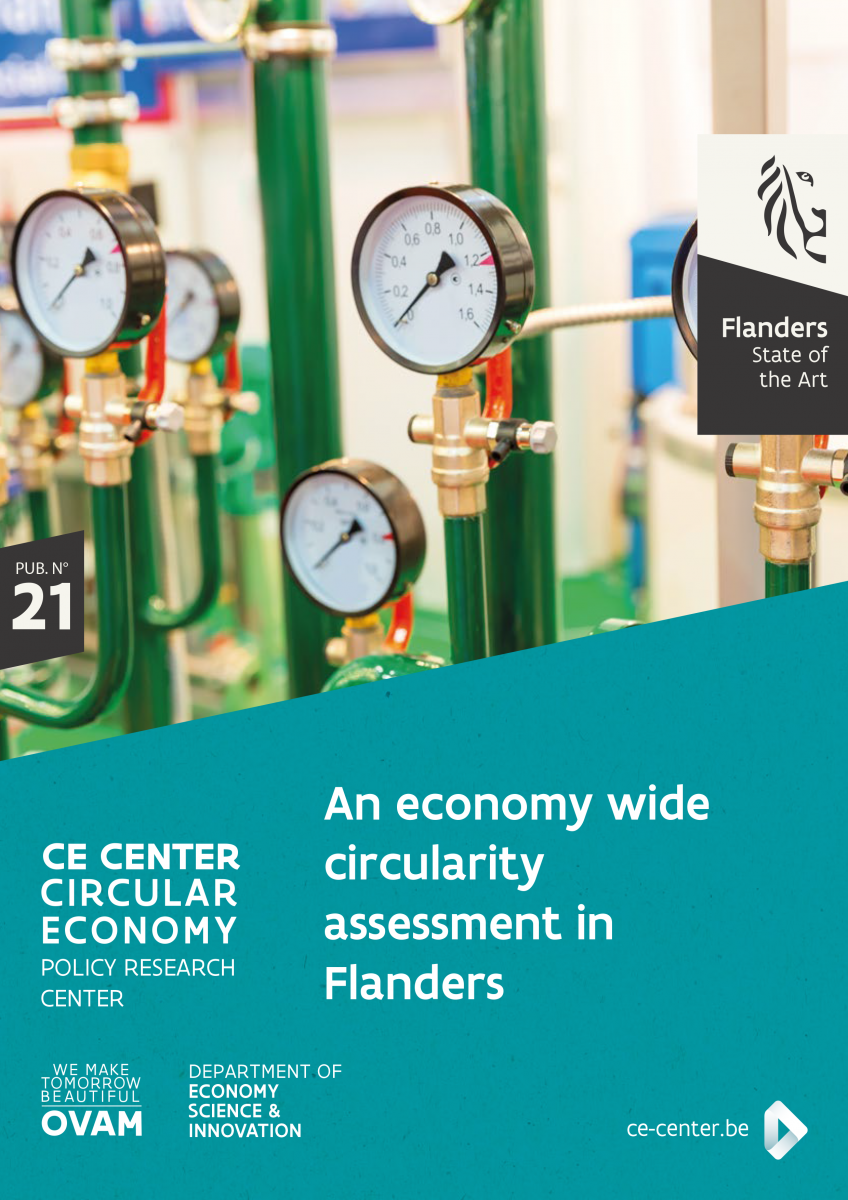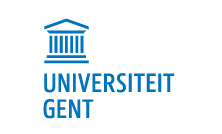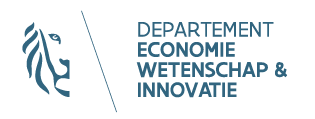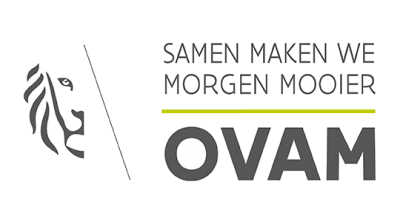21. An economy wide circularity assessment in Flanders
 Following the study on the material flow analysis for Flanders in the period 2002-2018, which is published by the Circular Economy Policy Research Centre in June 2020, this study introduces the link between the material flows in and out of the Flemish economy and the material flows within the Flemish economy. The scope of this report is the understanding of physical flows of materials in Flanders, the assessment of the current circularity, the monitoring thereof and how they can be made more circular.
Following the study on the material flow analysis for Flanders in the period 2002-2018, which is published by the Circular Economy Policy Research Centre in June 2020, this study introduces the link between the material flows in and out of the Flemish economy and the material flows within the Flemish economy. The scope of this report is the understanding of physical flows of materials in Flanders, the assessment of the current circularity, the monitoring thereof and how they can be made more circular.
In the previous report the economy-wide material flow analysis (EW-MFA) methodology developed by Eurostat is applied to Flanders to estimate and explain the indicators: direct material input (DMI), domestic material consumption (DMC), raw material input (RMI) and raw material consumption (RMC). Next to applying the EW-MFA methodology, the material footprint of Flanders is estimated via inputoutput (IO) calculations. This study addresses the material flows within the economy of Flanders. The accounting of these flows and mapping efforts form the basis for the measuring step which includes the derivation of macro-economic indicators. One of these indicators, the circularity index, is elaborated in detail. The data requirements, policy relevance and improvements to this indicator are discussed. The conceptual modelling of circular economy (CE) scenarios supports the further understanding of the circularity index indicator.
In this report the reader finds the background to the material flow framework developed for Flanders (2018) and the circular material use rated indicator (CMUR) (2014-2016-2018). Both the framework and the CMUR are summarised in the indicator fact sheet which will become part of the CE Monitor for Flanders.

.png)






